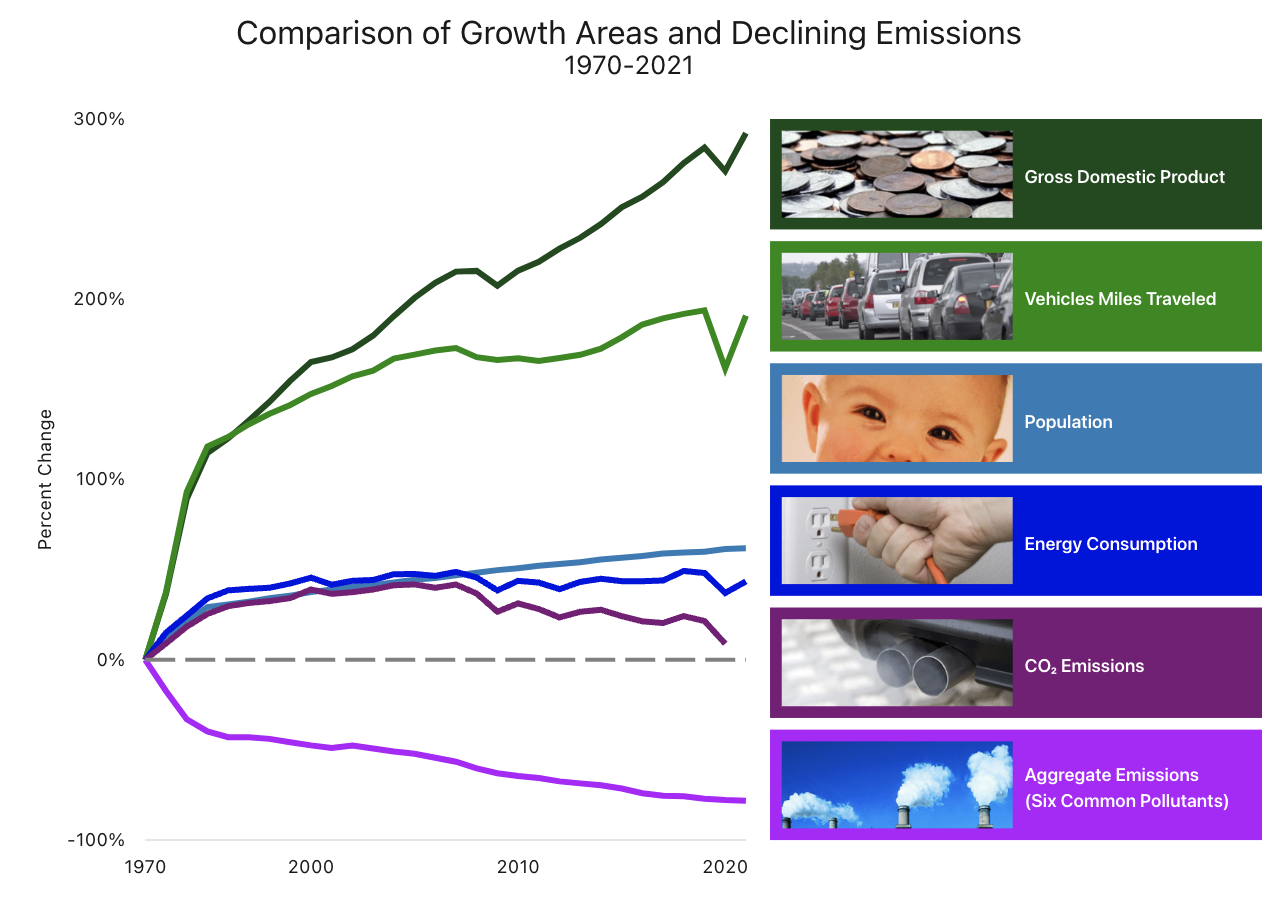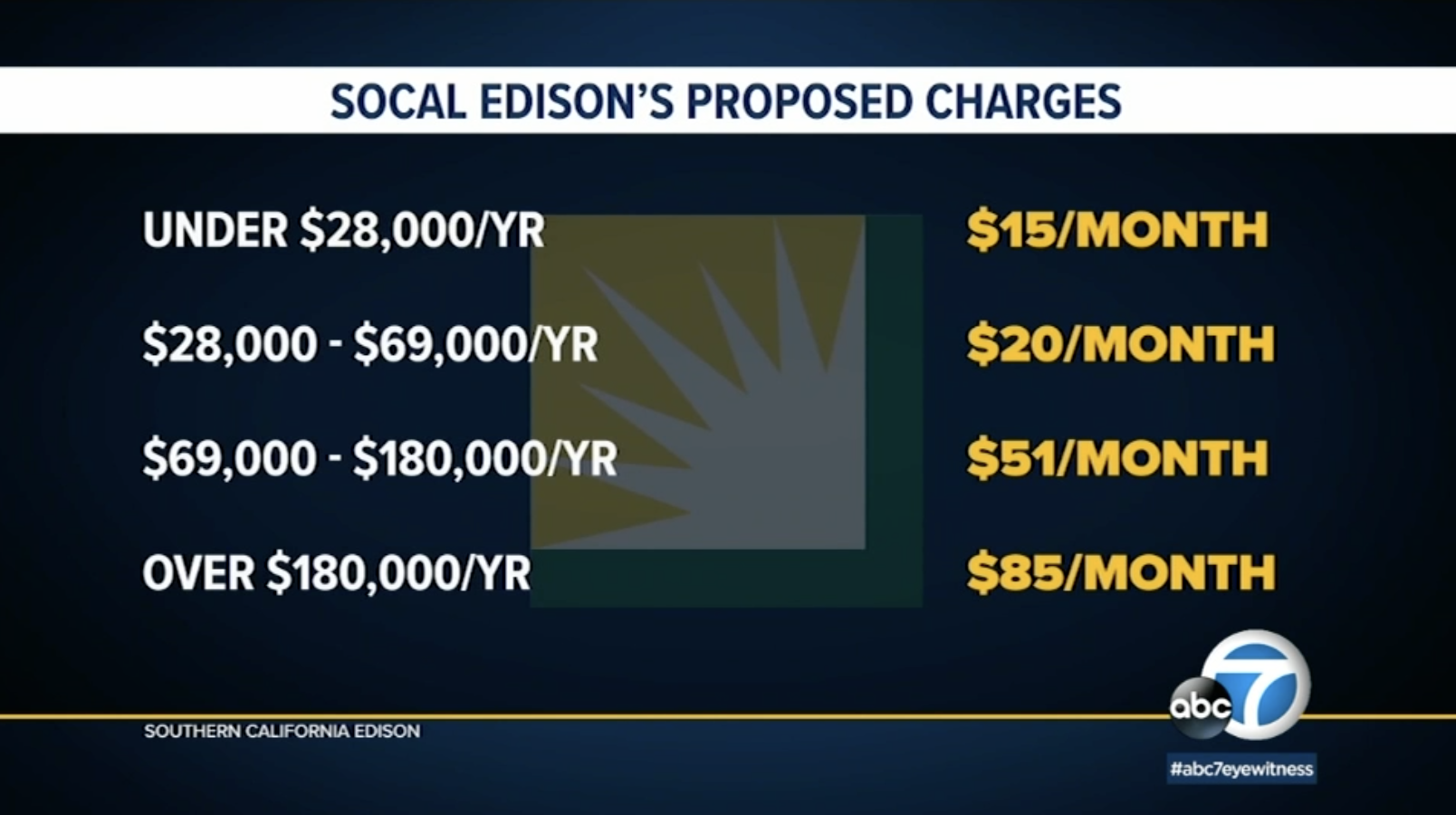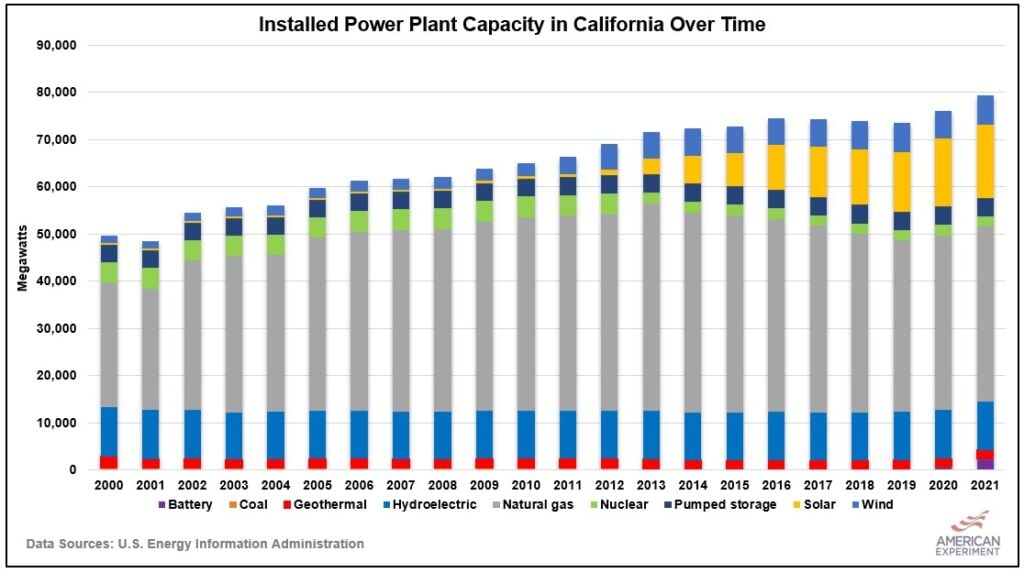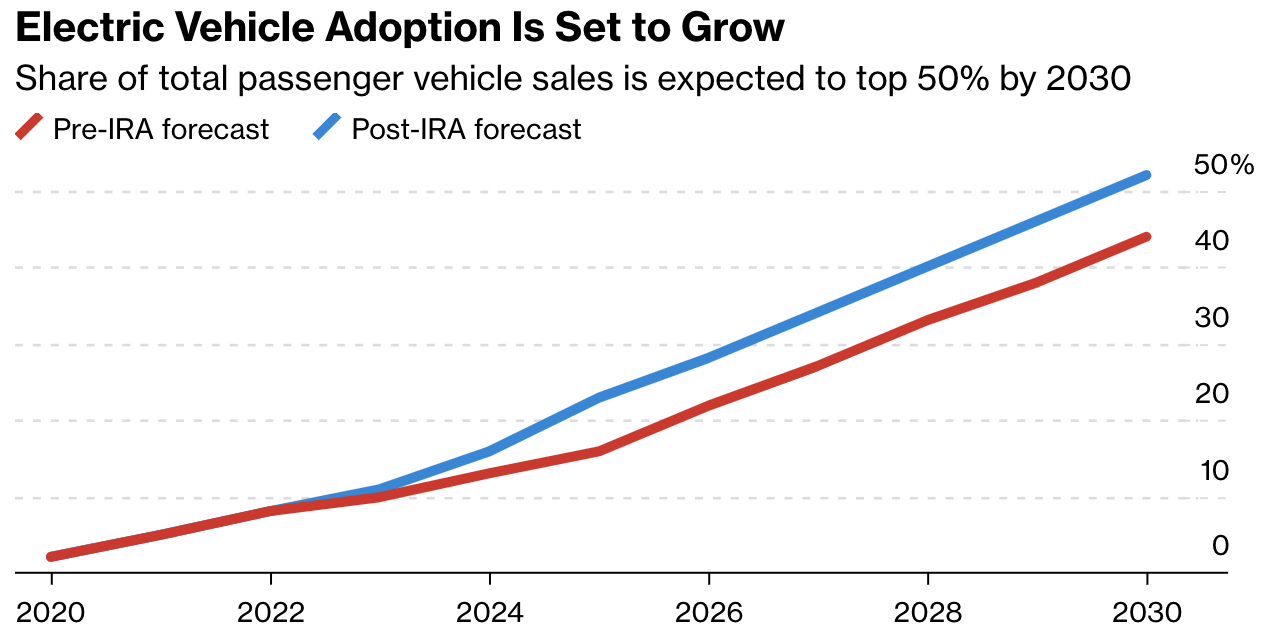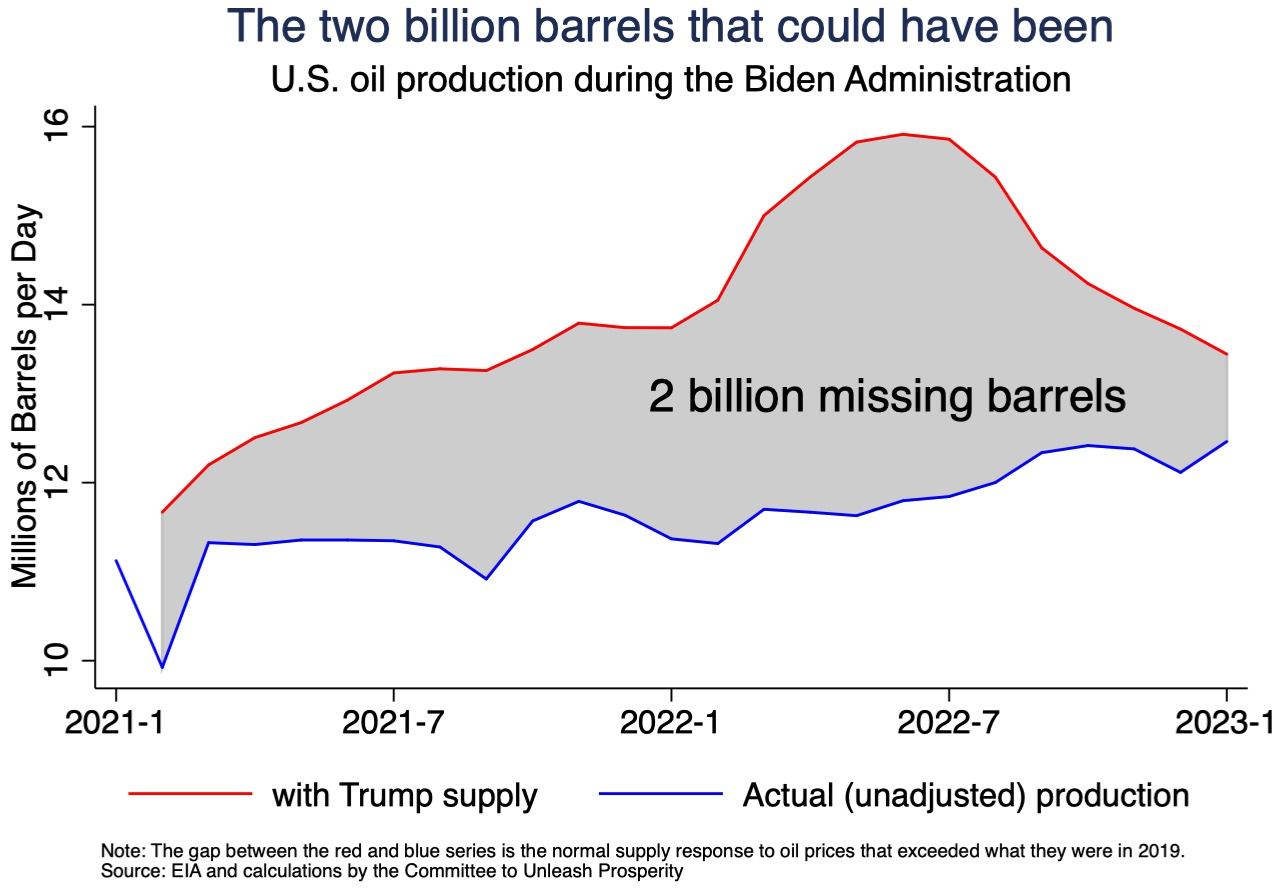The American Energy Alliance urges all members to support H.R. 2811 the Limit, Save, Grow Act of 2023. This legislation begins the process of repealing many of the expensive and distortionary energy subsidies jammed into the misleadingly named Inflation Reduction Act. While more is needed, this is an important start.
The estimated cost of the vast subsidies in the IRA to taxpayers has already ballooned, tripling or even quadrupling depending on which estimate one uses, in less than a year since passage. For some of the subsidies, taxpayers will be paying for decades. These subsidies will make electricity more expensive and less reliable, as well as subsidizing industries whose supply chains are dominated by China.
The net effect of the energy provisions of the IRA will be higher energy costs, less reliable energy, and trading energy security for dependence on China. And all this destruction will be paid for with borrowed money run up on the backs of future taxpayers. A course correct is urgently needed, and this legislation marks an important step in the right direction.
The AEA urges all members to support free markets and affordable energy by voting YES on H.R. 2811. AEA will include this vote in its American Energy Scorecard.

